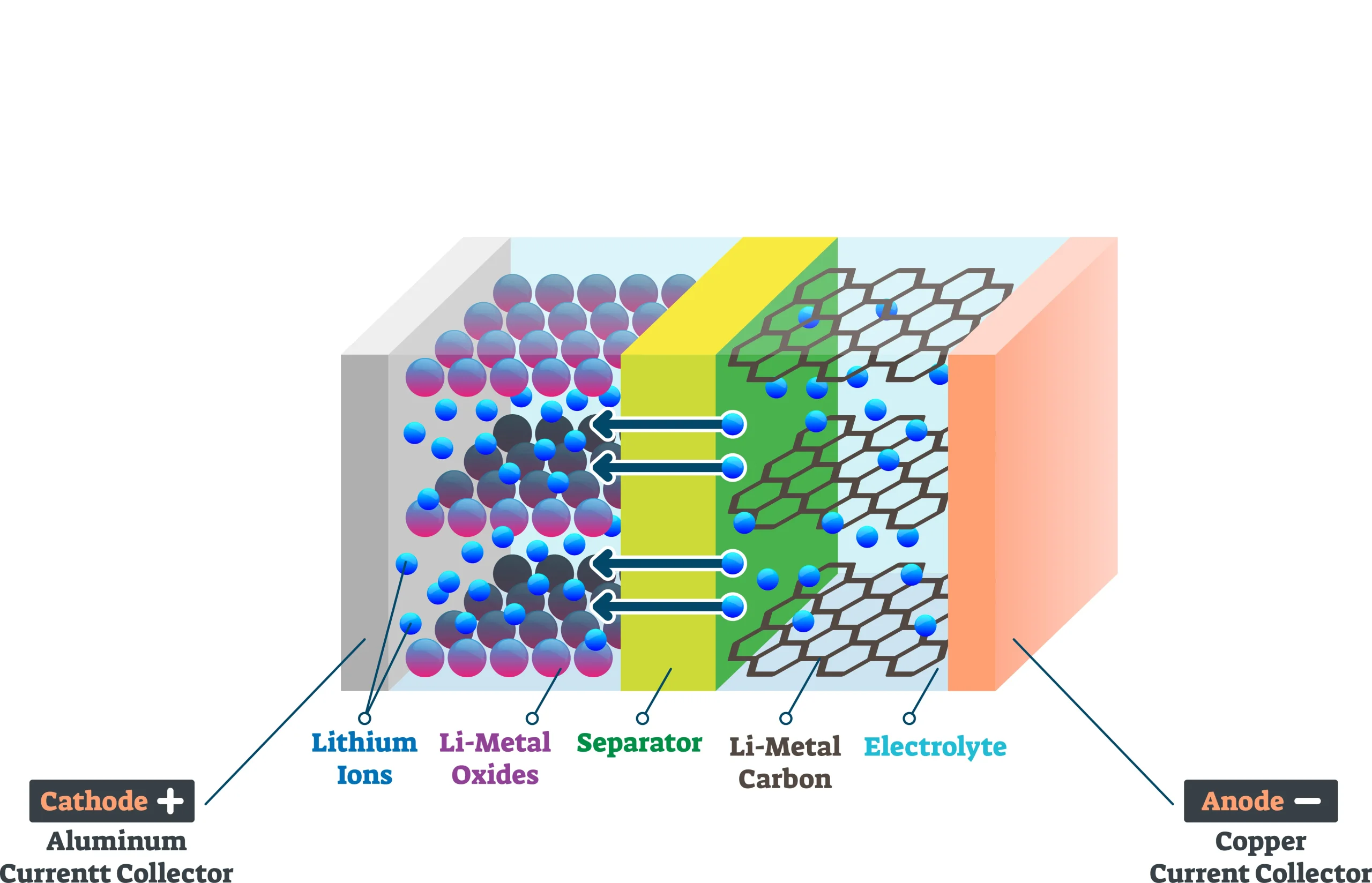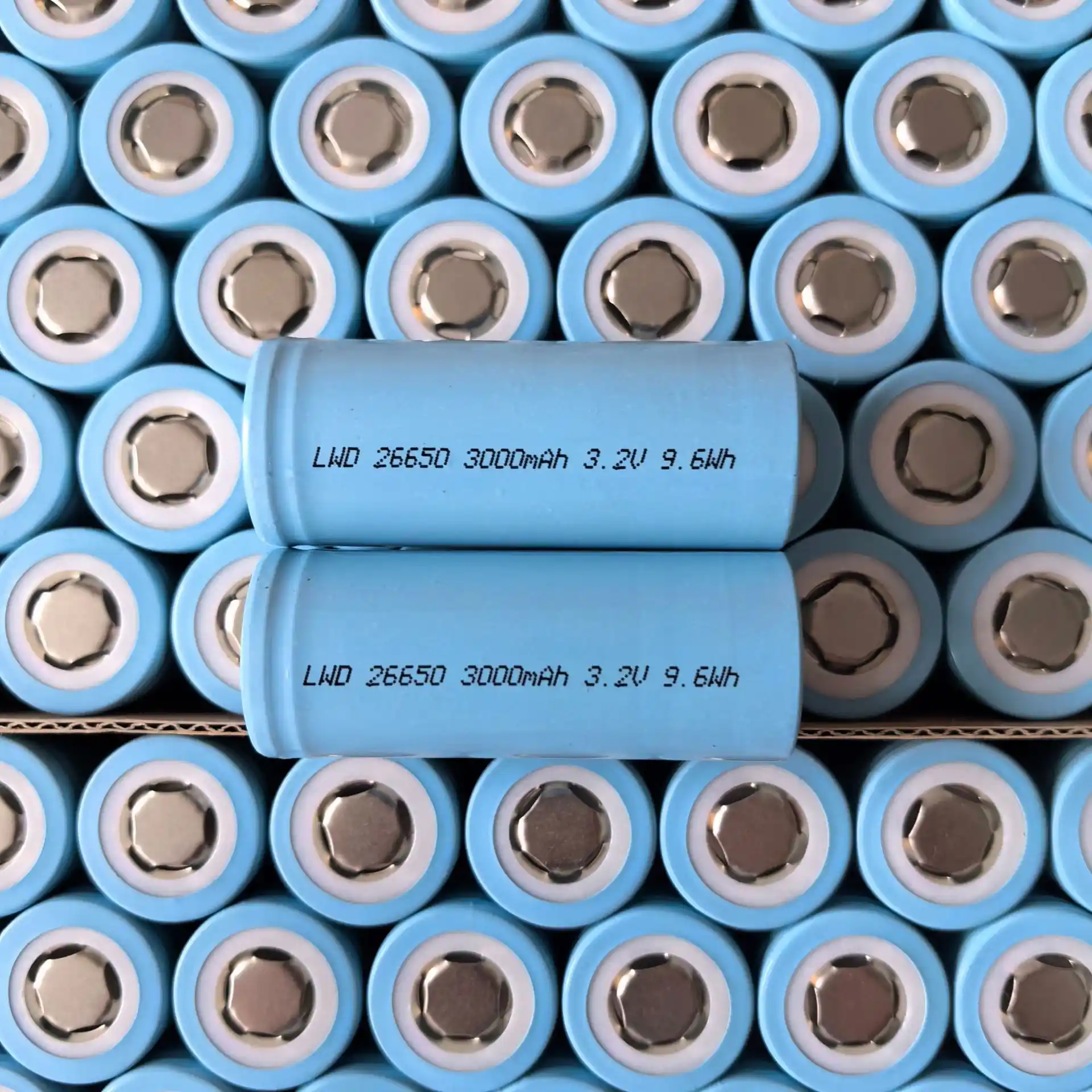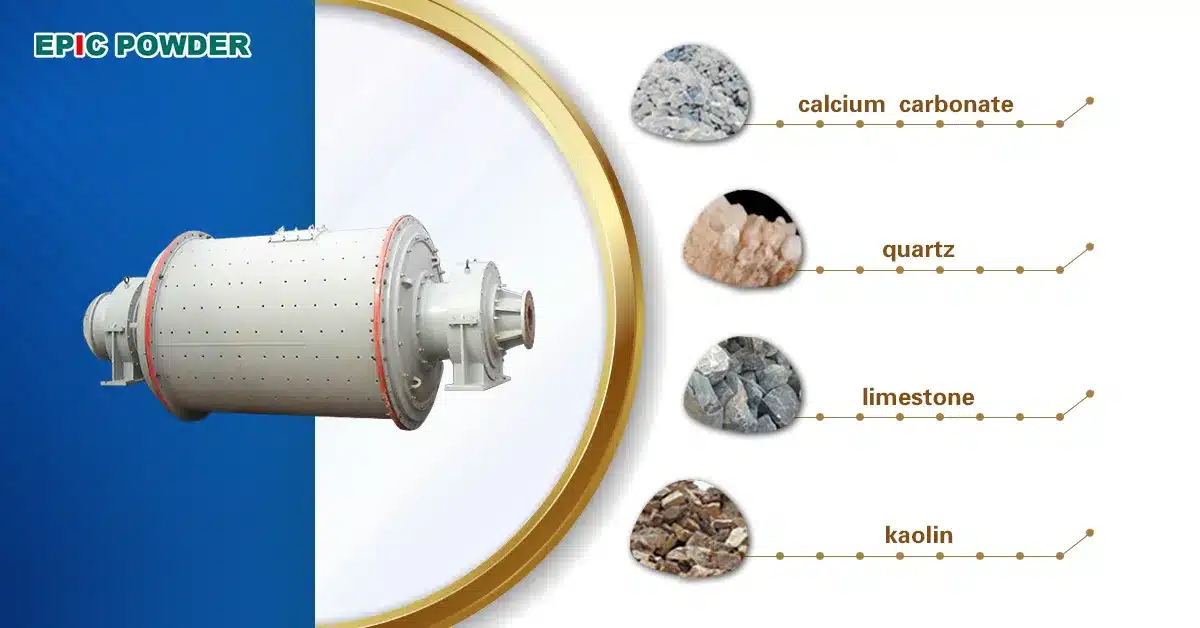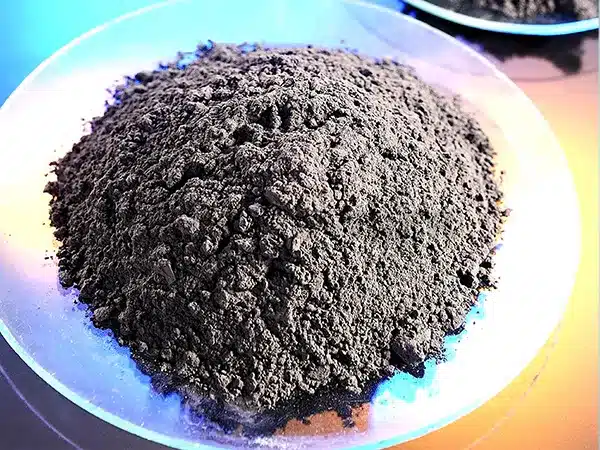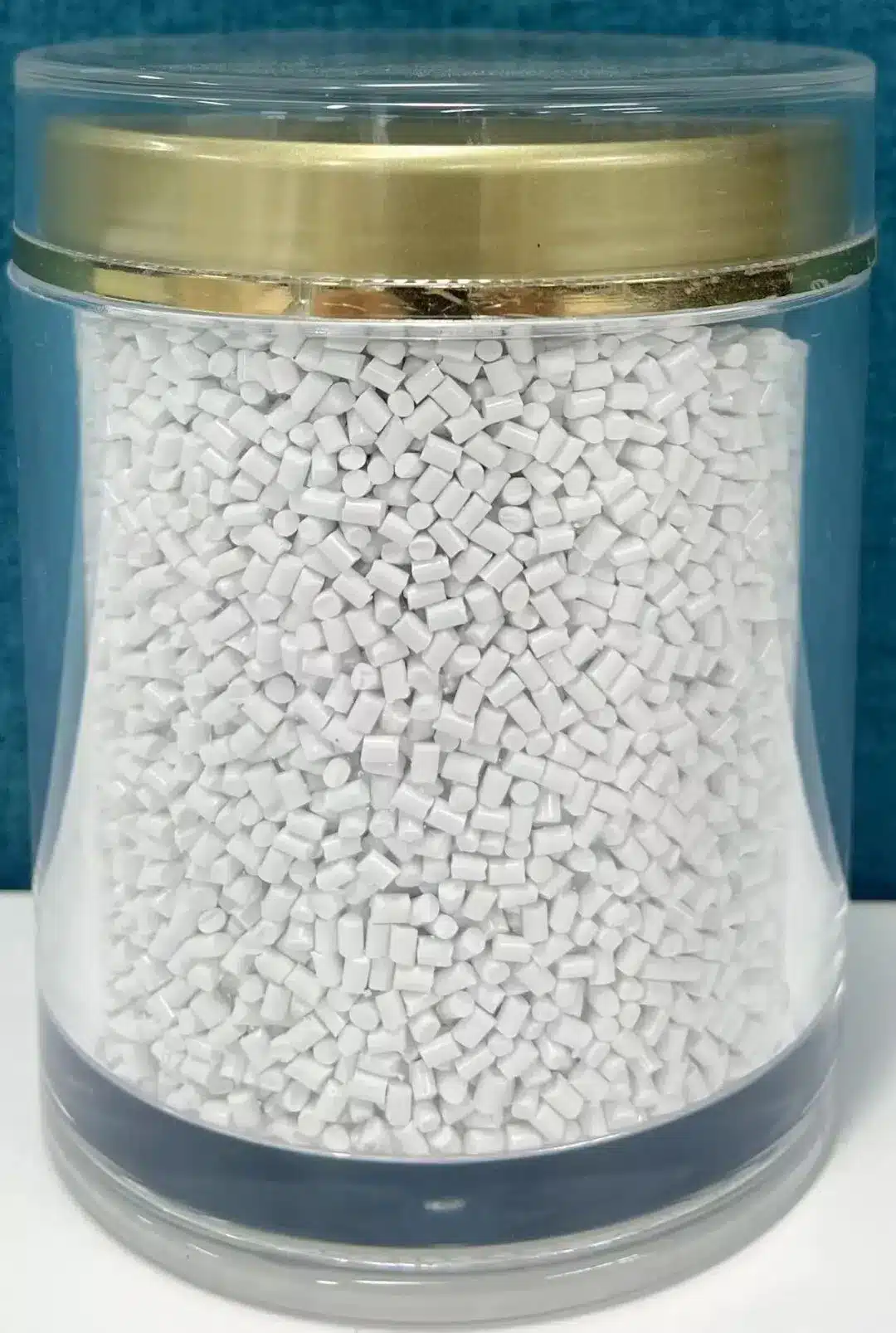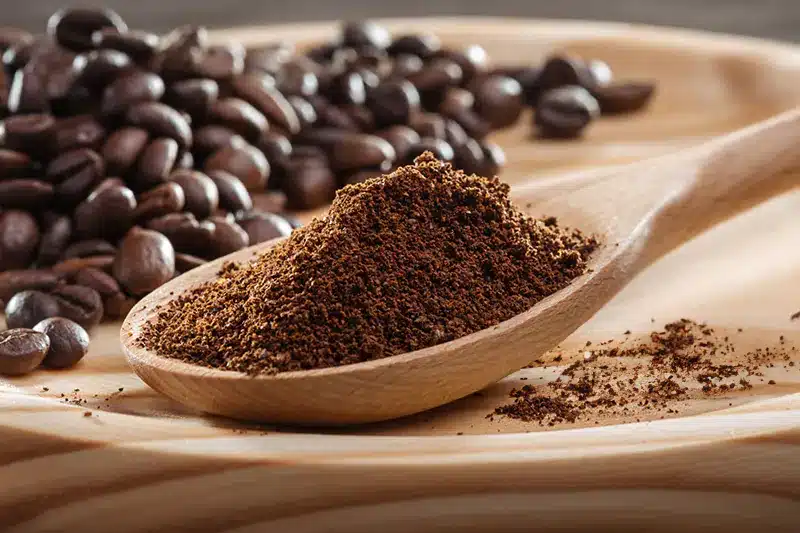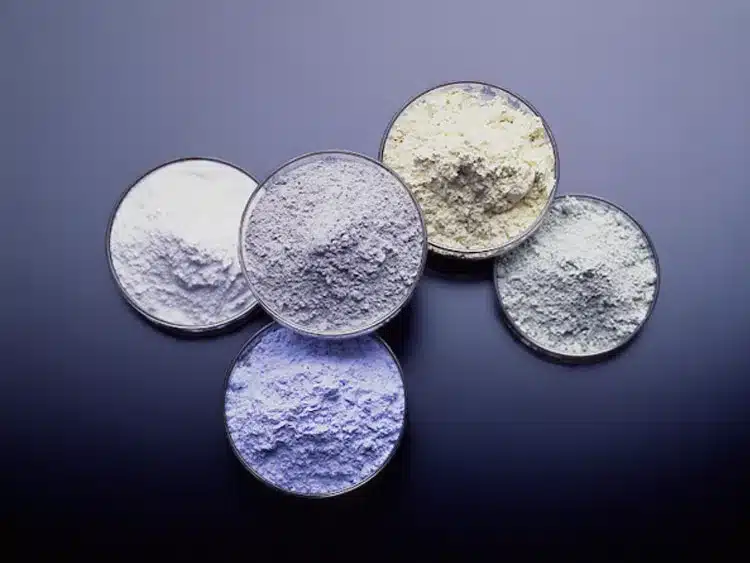01. Too Large Particle Size
The speed of limestone calcination depends on both the temperature of the lime material and the surface area of the limestone. However, at a certain temperature, the calcination speed of limestone is primarily influenced by its particle size. The larger the material size, the slower the calcination speed. Since the thermal conductivity of lime is lower than that of the calcination process, the thickness of the lime layer gradually increases. This makes it more difficult for heat to penetrate the stone, slowing down the calcination process. Therefore, large pieces of limestone often result in incomplete calcination, which is one of the main causes of raw lime. For ordinary vertical kilns, the particle size should be controlled between 40-80mm, but kiln capacity can allow sizes up to 50-150mm. To reduce limestone costs, smaller stones may be used in specific cases.
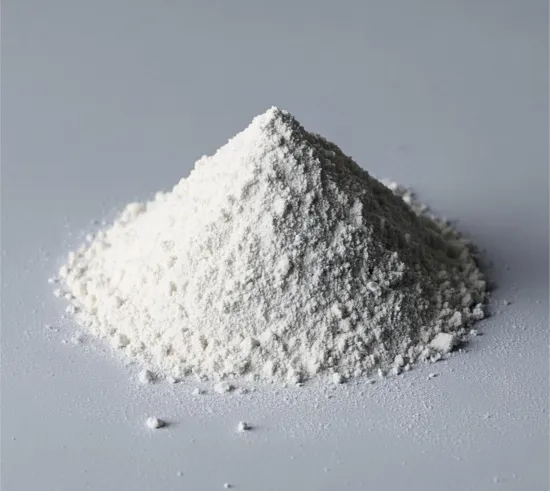
02. Low Fuel Ratio or Low Calorific Value of Fuel
The fuel ratio for mixed kilns is closely related to the technical performance of the kiln. The coal used in mixed kilns typically needs to have a calorific value higher than 5500 kcal. The particle size of the fuel must also be controlled to some extent, and water should be added appropriately when using fine coal.
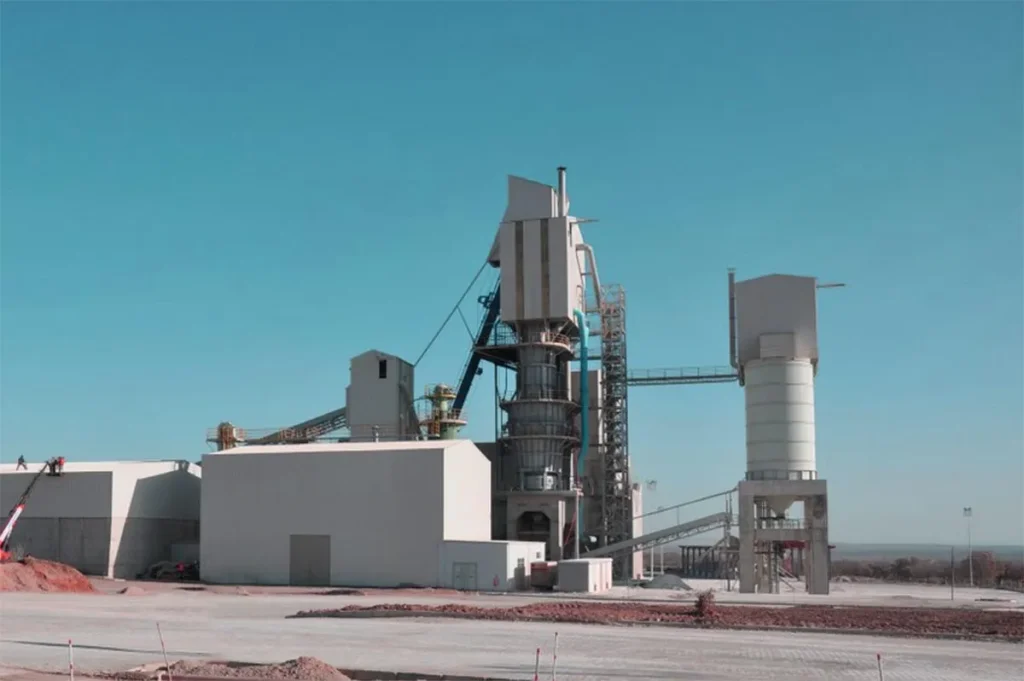
03. Unreasonable Air Supply
In a lime kiln, the stone is heated and calcined by the combustion of fuel, and oxygen (air) is required for the fuel to burn. The combustion of any fuel must meet three conditions: fuel, oxygen, and heat. None of these can be missing. The air supply must be strong, uniform, and consistent throughout the kiln. In addition to a proper fuel ratio, the air supply must be reasonable. Some areas of the kiln may have large air volumes, while others may have smaller volumes. Areas with more air can burn effectively, while areas with insufficient air will lead to incomplete combustion. The air supply must be evenly distributed across the entire kiln section to ensure uniform fuel combustion.
04. Overburning
The quality of quicklime depends on the content of calcium oxide and magnesium oxide, as well as the raw and overburning rates. “Raw burning” means that some of the limestone has not completely decomposed, while “overburning” refers to the limestone being excessively calcined, resulting in dense quicklime, also known as over-fired or burnt lime. This type of quicklime has low activity and is difficult to process further. The normal combustion temperature for ordinary limestone ranges between 1000-1200°C. Overburned lime usually results from too high a combustion temperature and excessive combustion time. The product may exhibit cracks, glassy shells on the surface, obvious volume shrinkage, a blackened color, and increased block volume. To address overburning, first consider whether the fuel ratio is too high. Adjust it to a reasonable level, taking into account the quality of the coal, and also ensure the air supply is adapted accordingly.
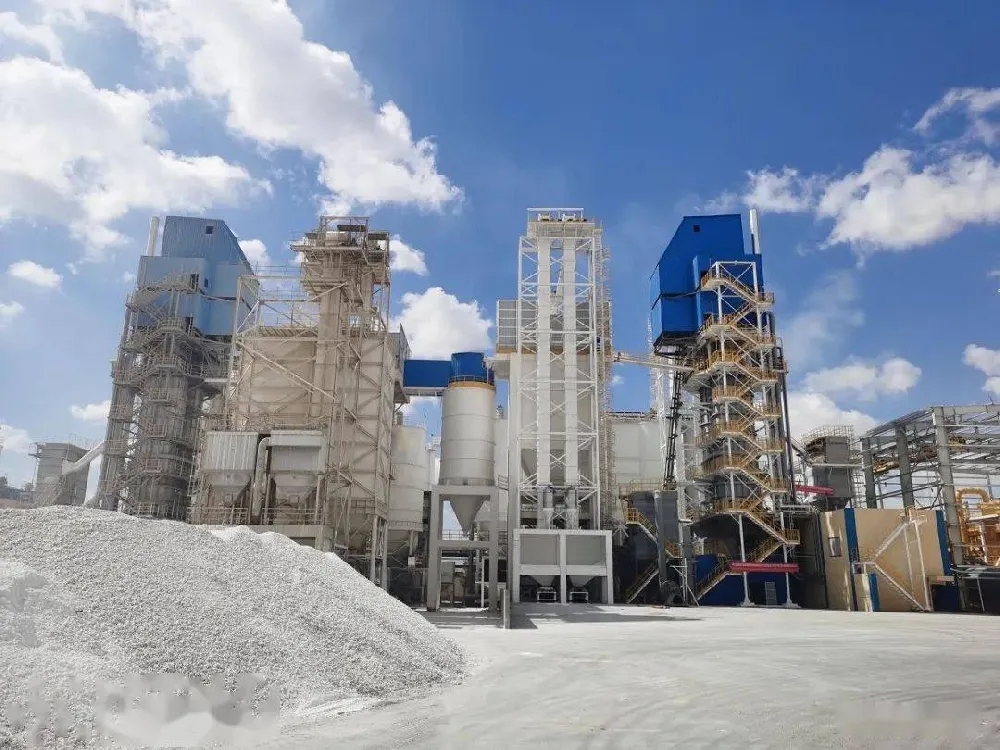
05. Calcination Zone Moves Up
If the top temperature of the calcination zone in an ordinary vertical kiln rises in the middle of the kiln body, the ash temperature decreases, CO2 content is reduced, the air volume increases, and excess oxygen is present, this indicates that the calcination zone has moved up. When the calcination zone moves up, the fuel burns earlier in the upper part of the kiln. As the charge drops to the calcination zone, the fuel loses its firepower, leading to an increase in lime burning.
This issue may occur when the top temperature is too high, the fuel entering the kiln is too finely broken and burns too early, the wind pressure and air volume are too large, the limestone particle size is too large, the ventilation is too smooth, or the ash unloading is unbalanced. These factors contribute to the upward movement of the calcination zone and the large raw burning. To address this, you should:
Reduce the wind pressure and air volume to move the fire layer downward. If the top pressure is too low, increase it appropriately.
Increase the ash unloading rate and appropriately increase the fuel ratio to compensate for heat loss caused by the high top temperature. Once it returns to normal, adjust it to the standard value.
Check and adjust the particle size of the raw fuel. If the fuel contains too much powder, add water to saturate it, increasing its bonding with the stone to delay fuel combustion.
06. Calcination Zone Moves Down
When the top temperature is low and the ash temperature rises, in severe cases, the wind and fire fail to burn the fuel properly, leading to increased lime burning and decreased CO2 concentration. This indicates that the calcination zone has moved down. The main causes of this are small air volume, large stone amount, and large ash unloading, which cause the mixed material to move down quickly, shortening the cooling zone. As a result, the air cannot be preheated sufficiently before entering the calcination zone, reducing the amount of calcium carbonate decomposition and lowering CO2 output. Lime burning also increases. Additionally, if the raw materials are fragmented or have large particle size deviations, kiln resistance increases. In such cases, wind pressure may not be low, but the actual air volume is insufficient. To solve this, you should:
Reduce the amount of stone loading and ash unloading appropriately and increase the air volume. If the top pressure is too high, reduce it appropriately, and adjust the raw materials’ fragmentation.
Increase the proportion of large particles, reduce the particle size variation, and lower the resistance in the kiln. Adjust the fuel and stone block size to meet process requirements.
07. Calcination Zone Extension
The extension of the calcination zone causes both the top and ash temperatures to rise, CO2 concentration to decrease, and lime burning to increase. In severe cases, red ash will appear under the fire at the top of the kiln, with red discoloration at both ends. Nodules may form in the kiln, or poor ventilation may occur in some areas. The causes include an excessive fuel ratio, uneven limestone, and the formation of nodules in the kiln or poor ventilation in some areas. Nodules or hanging materials on the kiln wall cause ventilation segregation, preventing materials from falling normally and resulting in poor ventilation. When the nodules fall off due to the impact of material flow, the calcination zone is extended for a certain period of time. To address this, you should:
Reduce production appropriately. Adjust the raw material particle size and reduce the fuel ratio. Increase the air volume and temporarily reduce the material layer height, then add materials to restore the normal material surface.
0.8 Nodule Formation
Nodules are a major fault in mixed-fired kilns, including gas-fired kilns. The following signs indicate the presence of nodules: 1. The ash temperature is often high, raw burning occurs when lime is discharged, and the CO2 content of the kiln gas remains low for an extended period. 2. The material surface height does not match the ash discharge amount. The material residence time in the kiln is shortened, but the ash discharge time is prolonged. As a result, the ash is mixed with unburned fuel and uncalcined limestone, forming raw ash.
The main reasons for nodule formation are: 3. The fuel ratio is too high, or there are too many impurities in the fuel, which form fusible materials. 4. Even if the fuel ratio is not high, local fuel concentration can lead to strong calcination, forming kiln wall hangings. 5. When there is a power outage or the kiln cannot operate for an extended period, the high-temperature zone remains in the kiln for too long or there are impurities, which can easily form nodules.
To address this issue, you should: 1. Adjust the fuel ratio, wind pressure, and top pressure, and reduce the impurity content of the raw fuel. 2. Reduce the amount of material fed or increase the amount of ash discharged. Lower the material surface height, expose the nodules or hanging materials, and allow them to fall off after cooling and material feeding impact. In serious cases, take small explosion measures. 3. Change the raw material and fuel mixing process to avoid uneven distribution and excessive local fuel concentration. 4. Increase the frequency of loading and unloading to enhance material flow and prevent sticking and hanging of materials.
09. Kiln Tilt
When the kiln is tilted, the following signs can be observed: 1. From the top of the kiln, the material surface is tilted, and material is discharged more quickly on one side. The fire layer on that side appears dark, indicating a significant temperature difference between the material surface and the fire layer. 2. From the bottom of the kiln, the ash discharges quickly, either locally or on one side, during ash unloading. The ash temperature in these areas is high, and in some cases, red ash is discharged.
The main reasons for this are: 1. Uneven mixing and distribution of limestone calcination or uneven ash unloading, leading to local nodules in the kiln, which causes ventilation segregation. In this case, solving the distribution problem is critical. 2. Improper adjustment of the ash unloading equipment, leading to unbalanced ash unloading. 3. An unreasonable kiln structure. If the angle between the cooling section and the ash unloading section is too small, it can result in a local angle that prevents smooth material discharge.
To address this issue, you should: 1. Adjust the raw material mixing or uneven ash unloading. If local nodules are detected in the kiln, address them first. In serious cases, consider modifying the kiln structure. 2. Broken materials are mostly distributed in the fast-loading part, while larger pieces are typically found in the dark fire part, increasing the wind resistance of the fast-loading section.
10. Common Problems of Gas-fired Kilns
Gas-fired kilns are similar to mixed-fired kilns in terms of the common issues mentioned above. The key difference is in adjusting the combustion flame temperature. The gas-fired flame typically requires adjustments to the air-to-gas ratio and pressure based on the composition and calorific value of the gas.
For high-calorific-value gas, the common problem is overburning, while for low-calorific-value gas, raw burning is more prevalent. However, raw burning and overburning of limestone calcination must be analyzed in detail. Many cases of raw burning with high-calorific-value gas are actually caused by overburning. Due to the high calorific value of the gas, the flame forms a very high temperature as soon as it exits the burner, causing sintering around the burner and blocking the flame from penetrating. This results in raw burning in the center of the kiln. In other words, due to improper calcination temperature adjustment, the surface of the limestone sinters into a hard shell, which may appear overburned, but is actually raw burning inside. These issues are directly related to the kiln type and burner used.
Epic Powder
At Epic Powder, we offer a wide range of equipment models and tailor solutions to meet your specific needs, such as producing limestone calcination powder.
Contact us today for a free consultation and customized solutions! Our expert team is dedicated to providing high-quality products and services to maximize the value of your powder processing.
Epic Powder—Your Trusted Powder Processing Expert!


